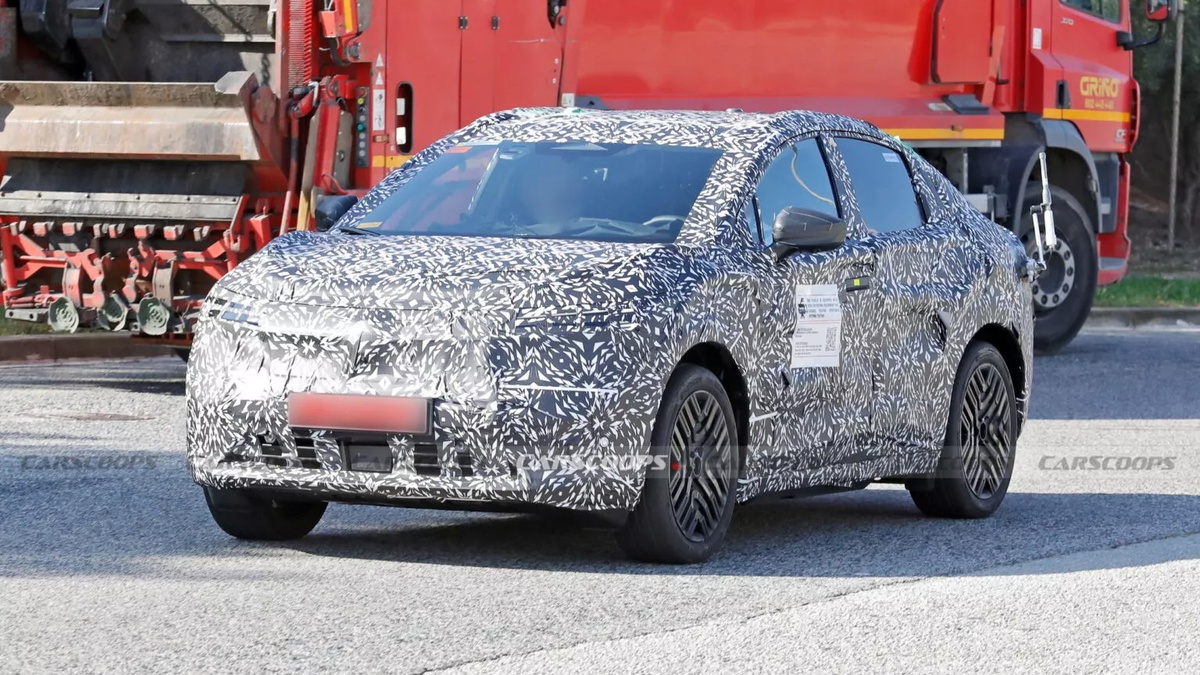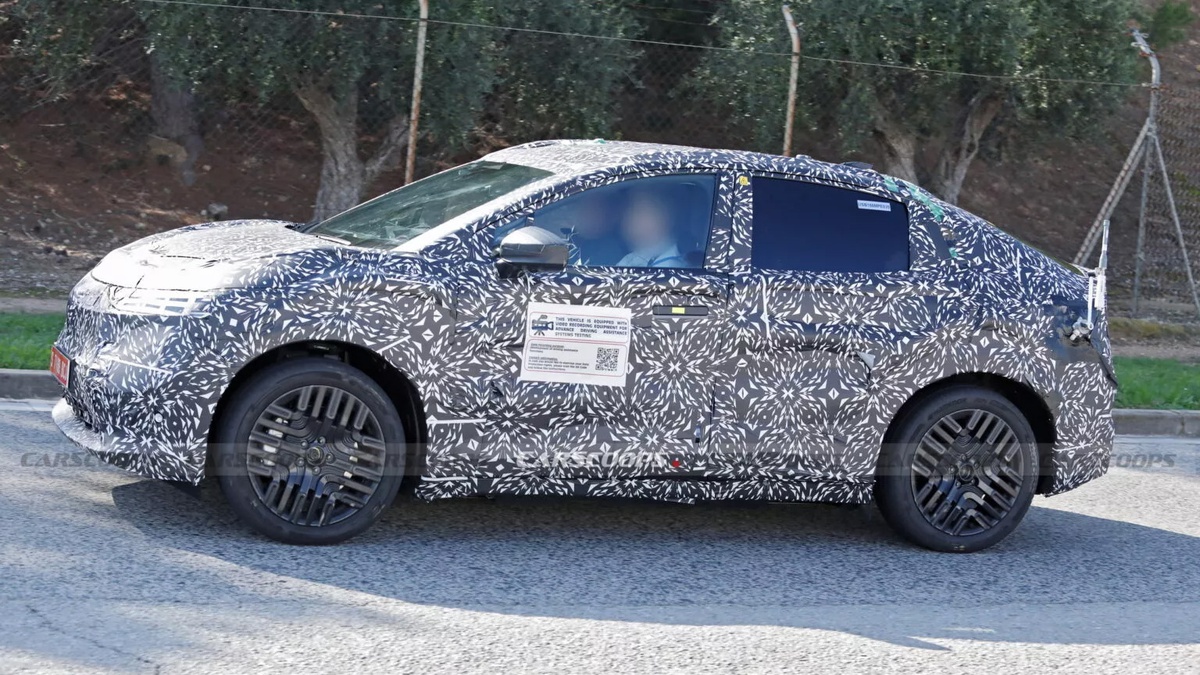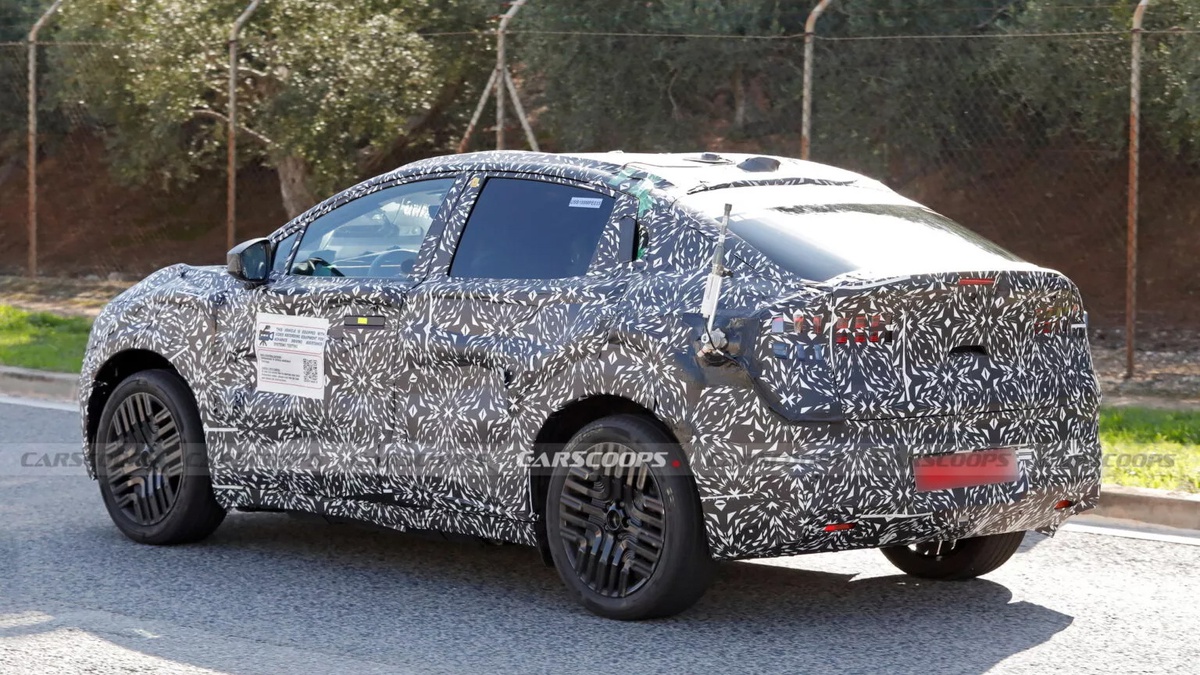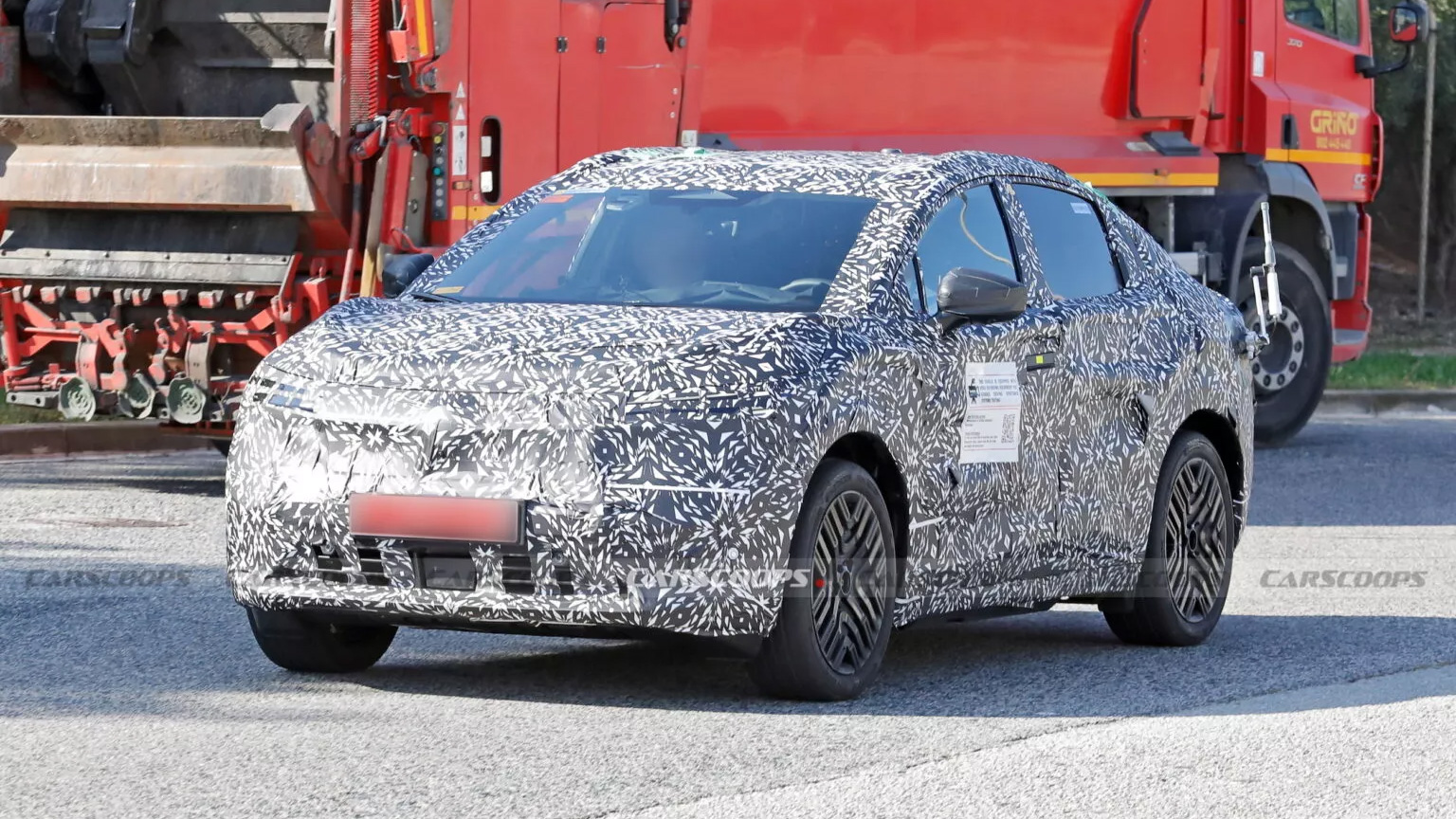The original Nissan Leaf was unveiled in 2009 as the first mass-produced fully electric vehicle, with the second generation following in 2017. Fast forward to the present, and there are EV offerings from almost every automaker, with modern technology and design features. As a result, what was once an EV pioneer now looks and feels outdated compared to newer competitors.
Nissan vows to change that with the new generation, which will be a clean-sheet design. That means the new Leaf will morph into a crossover, a move previewed by the 2021 Nissan Chill-Out Concept.
The test car, spotted on public roads, appears to have a compact footprint with a short hood and sloping roofline. The LED graphics on the taillights are heavily inspired by the concept, while the headlights are covered by a camouflage wrap. Other visible details include the futuristic alloy wheels, the rear door handles integrated into the C-pillar and the rear spoiler.



Nissan Leaf
The new generation will also ride on a new platform. The EV from Nissan will share the CMF-EV underpinnings with the larger Ariya, alongside the Renault Megane/Scenic E-Tech and the upcoming Alpine A390.
The platform is compatible with single and dual electric motor setups, potentially making the new Leaf significantly more powerful than its predecessor. In addition, a more efficient battery pack is expected to give the Leaf a 25 percent longer range, nearly 426 km (265 miles) between charges.
According to the latest reports, the 2026 Nissan Leaf is expected to go into production in March 2025, although the global debut could be earlier. The EV will be manufactured at Nissan's UK plant in Sunderland, which is currently home to the Juke and Qashqai SUVs.
Source: Carscoops

